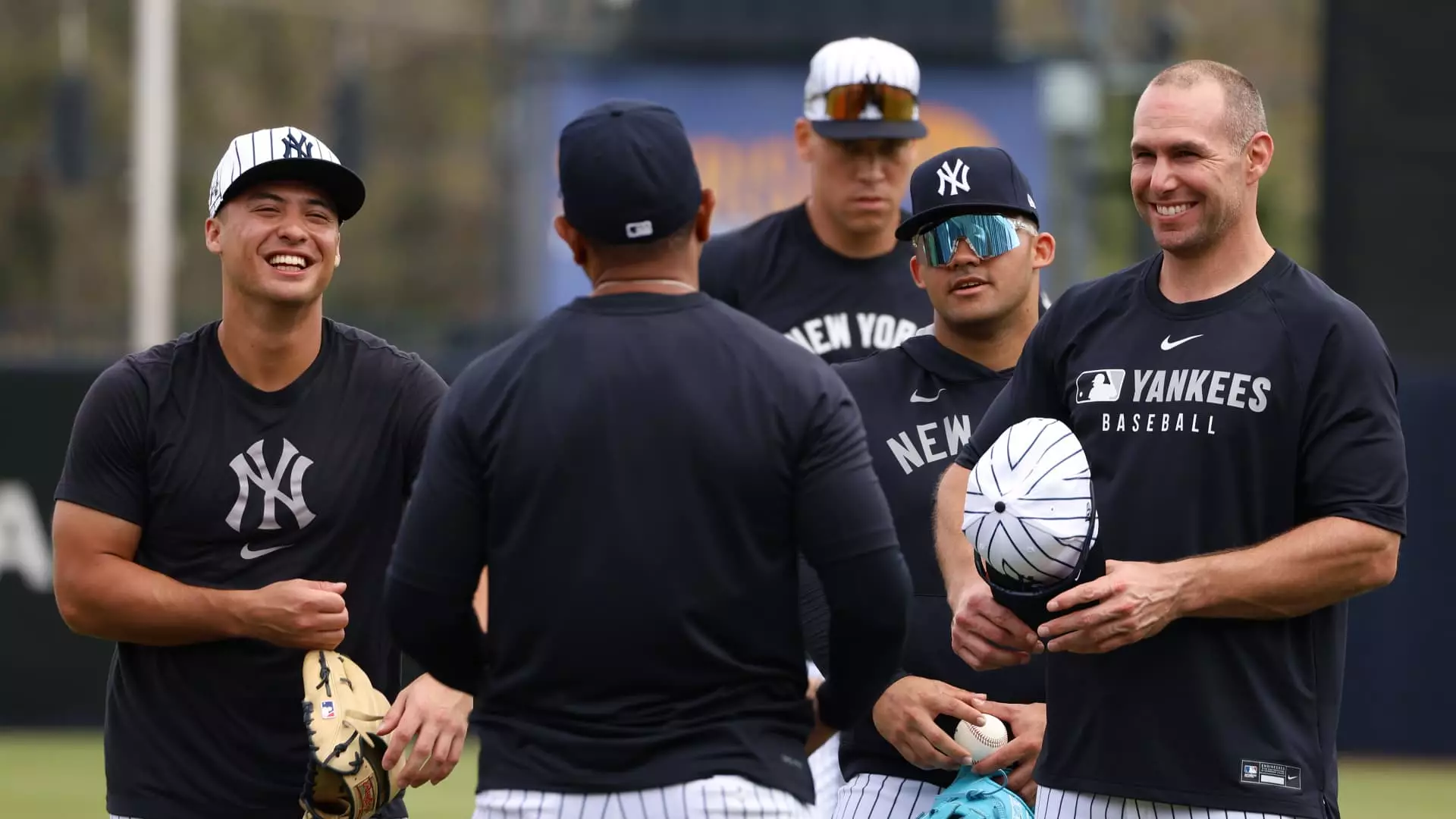In a groundbreaking shift in organizational culture, the New York Yankees have officially lifted the long-standing ban on player beards, a regulation that has been in place for nearly fifty years. This policy change, announced by owner Hal Steinbrenner, marks a significant moment in the franchise’s history. It reflects not only a change in leadership vision but also an evolution in how sports organizations view personal expression within their teams. By allowing “well-groomed beards,” the Yankees are signaling a willingness to adapt to contemporary norms while maintaining their classic identity in the world of professional baseball.
The Yankees’ decision to permit beards stems from recent discussions between Steinbrenner and both former and current players, emphasizing a desire to modernize the franchise’s image. Steinbrenner described this decision as an appropriate evolution beyond the familiar confines of the previous policy. The move is an extension of a dialogue that acknowledges the sentiment of players who have historically felt constrained by the team’s strict grooming guidelines, which initially sought to promote discipline and professionalism. The original rule, instituted by George Steinbrenner in the 1970s, positioned facial hair as a detriment to team identity, but today’s players are advocating for a balance between tradition and individuality.
George Steinbrenner, who laid the foundation for this policy, believed that the crew-cut, clean-shaven look would instill a sense of pride in representing the Yankees. However, this dogmatic approach has not been without its challenges. Over the years, numerous players have resisted conforming to these grooming standards, leading to situations that became emblematic of the struggle between personal identity and team culture. The famous instance of Don Mattingly getting benched for refusing to cut his hair in 1991 serves as a pointed reminder of the tensions that existed between individual preferences and management dictates. This incident, along with comments from players like Andrew McCutchen and David Price, illustrates a growing discontent surrounding the outdated principles that governed appearance in the clubhouse.
The evolving landscape of Major League Baseball, coupled with the Yankees’ historical dominance, now invites speculation about the future of player freedom within the organization. It opens the door for other franchises to reconsider similarly stringent policies. The narrative surrounding player identity has shifted; younger generations of athletes seek workplaces that embrace personal choices, including hair and style. The decision to allow beards not only aligns the Yankees with these modern values but also could potentially attract new talent who prioritize personal expression in the workplace. It may also contribute to a more relaxed and sincere clubhouse atmosphere, fostering team cohesion as players feel more comfortable expressing themselves.
As the Yankees embark on this new chapter, the question remains: will this policy change lead to greater success on the field? While the true impact of permitting facial hair may be difficult to measure quantitatively, much of it signifies a transformation in organizational philosophy that could resonate across the entire league. This shift, grounded in inclusive practices, could establish a precedent for more franchises to follow, ultimately promoting a version of the sport that appreciates individuality while still striving for collective achievement. The Yankees are not just changing their stance on facial hair; they are extending their legacy of excellence to embrace the evolving landscape of sports culture.

